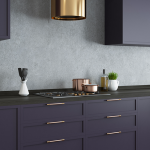An excellent interior design also has a well-thought-out colour palette. Selecting a paint colour alone is insufficient. What areas are you thinking about painting? Does daylight enter these rooms? What is the intended use of this? What kind of paint finish are you thinking about using?
If you want to learn how to create a successful colour scheme for a home, it is imperative to have the answers to all of these questions. Visit this blog for inventive suggestions for colourful living rooms with cheery lounge decor, warmly coloured kitchens, and original dining room ideas.
Finding What Colors Go Well Together
Using colour wheels to determine which colours work well together is a valuable technique. It is impossible to make a mistake by strictly adhering to colour theory. However, just because you use complementary hues doesn’t ensure your audience will find them appealing. So, if you like a few of the colours you’ve picked, you may use theorems and wheels to put the puzzle parts together. Your colour choices will be consistent as a result of this.
Types of Interior Color Schemes for Houses
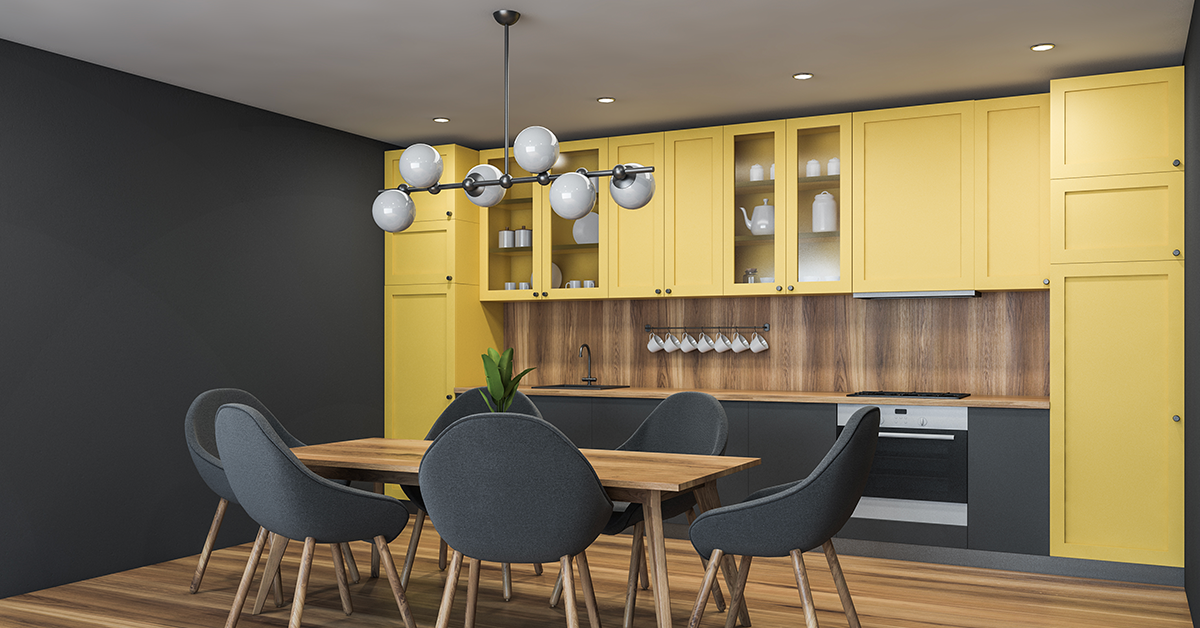
Designers must unleash their creativity while coming up with an appealing colour palette. However, there are times when it is optional to innovate. Several established colour schemes are being used effectively in the industry. You can use these as a solid starting point for more complex colour schemes. Let’s take a quick look at some of the most common colour combinations we have encountered.
Monochrome
Monochromatic colours are very fashionable in this age of minimalism. These colours and tints are created from a single colour and its variations. In the era of daring colour combinations, it feels like a breath of fresh air. The primary colour’s values, saturation, and tones are changed to create the monochromatic colour scheme.
Soft Hue Muted Colours
Since they lack a solid tonal value, pastel colours include peach, lavender, and baby blue. The soft colours work beautifully together. Pale colours used in the hall’s interior wall paint design can give your home a unique appearance and feel. In your home, these colours are gentle, neutral, and tranquil. It is the ideal colour scheme for your children’s room in interior painting.
Pearl

Pearl White paint gives the inside walls of a house a subtle, peaceful backdrop. Pearl White paint was inspired by the white colour of priceless pearls. A fantastic base colour for a traditional or seaside home. To counteract the warmth, combine with cold blues and greys. The “cold” undertones of the pearl will be enhanced by white gold, making them appear whiter and more brilliant. A classic pearl look is produced by yellow gold, which offers a pleasant, elegant contrast.
Black, White and Red
The colour scheme of the movie theatre house hall in this area immediately brings to mind romantic movie nights with your lover. You can remember those moments daily if you paint your bedroom red and black. This attractive and assured duo might turn into your newest obsession! However, if someone finds this colour scheme too overwhelming, they can add a touch of white to make the colours pop.
Earth Inspired
Sitting in a park always makes us feel calm and collected. The trees uplift our emotions and make us feel peaceful and refreshed. The ideal living hall colour combination that evokes a similar mood is the interior walls’ rustic brown and green colour scheme. This mixture gives your home a natural feel and is soothing for visitors and guests. Colour schemes for the main hall inspired by nature have the power to transform lives!
Off-White
Off-white hues are neutral and complement the majority of shades. While ivory can go well with navy blue or maroon, cream goes exceptionally well with pastel colours. A nautical colour scheme can be created by mixing whites and blues.
White and Blue
Blue and white can take on the roles of modern and sophisticated as well as rustic DIY and plain, depending on the interior design style. An evergreen merger is among the simplest combinations to utilise.
Tangerine and Gray
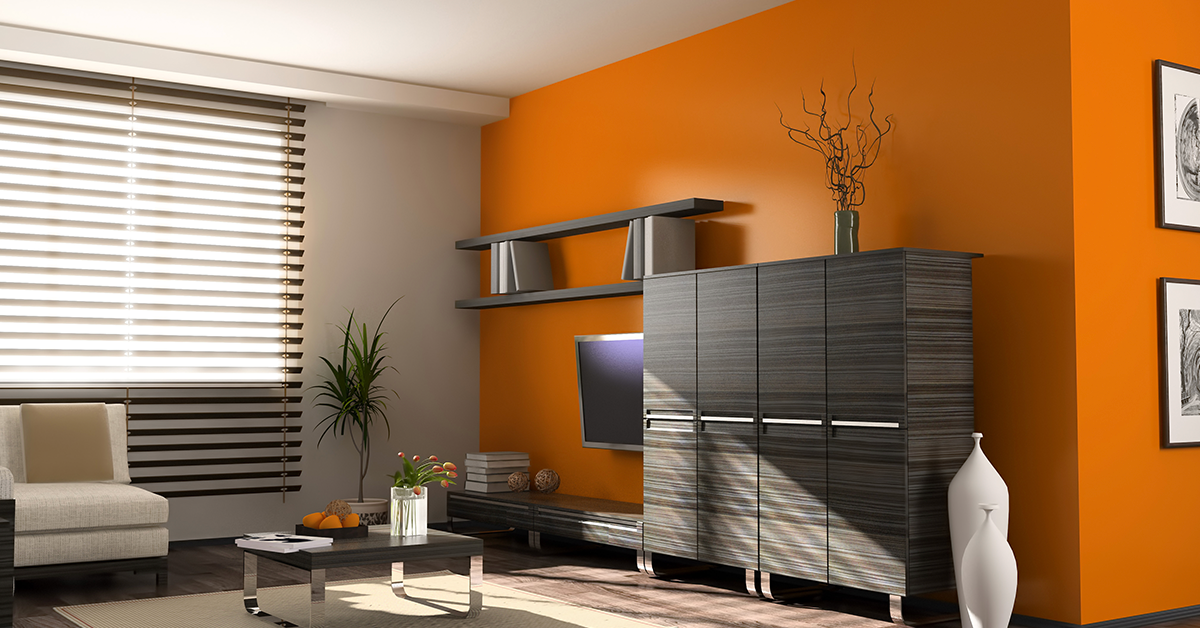
Unsurprisingly, tangerine and grey go well together. These colour schemes are typically upbeat and vibrant. Tangerine also provides a great accent when coupled with creams, giving off a more traditional and refined vibe.
Cream and Aqua
The home hall’s aqua and cream colour scheme will make your home feel spacious and airy. People in a room are transported to the beach by combining the sea-inspired blue and the light cream-coloured sand. This colour scheme would give your interior walls a soothing, tranquil atmosphere. Beach houses and inns typically utilise this wall colour scheme for the hall.
Soft Pink and Turquoise
The colour combinations of soft pink and turquoise are lovely for the interior design of your home. Because of their vibrant personalities and how they make your house look, pink and turquoise are fantastic selections for your daughter’s room. It is one of the most flexible wall colour schemes because it combines different home design styles.
Ever-Changing Neutral
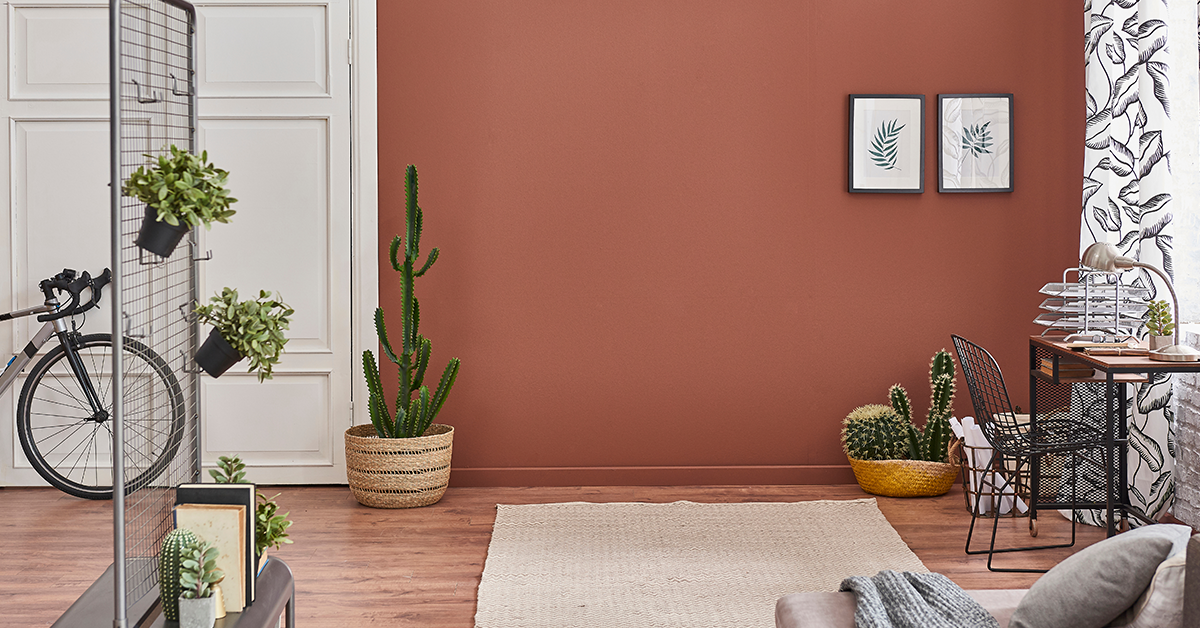
Although neutral paint colours may appear overly simple, they are anything but. In fact, modern neutrals are paving the way in unexpected areas while ensuring that your house is ageless and expands with you as your tastes and needs change over time. The combination of lilac, navy and Etruscan red with white, grey, and beige produces a beautiful outcome.
How Berger Paints Can Help You Choose Best Home Wall Colours
When choosing colours for your walls, choose the best colour for the walls in the hallway. The type of paint you select is as crucial to the colour you pick, and it could significantly impact the final look, painting quality, and atmosphere of your room. Thus, Berger suggests that while choosing an interior colour scheme for a hall, it’s essential to consider aspects like the room’s size, location, and intended aesthetic.
Therefore, it is clear from these recommendations that Berger provides a dedicated painting consultant that handles every step of the painting process, from selecting colours to final assembly and execution.
Conclusion
As you may have seen in this blog, there are many lovely new colour schemes for halls and wall colour schemes for halls. The designs you select for your space—a living room or a bedroom—determine its surroundings. You can actively alter the look of your walls in the home to suit your preferences. Choosing the appropriate Wall Paint Colours or Colour Shades for a hall can be difficult. For this reason, many individuals schedule a free consultation with Berger’s painting specialists. Try painting with a virtual painter tool if you’re curious to gain better insight.
FAQs
1. How do you know if paint colors go together?
Consulting the colour wheel is the best approach to determine what colours work well together. By observing which colours are directly opposite on a colour wheel, you can decide which colours are complementary.
2. What is the best cream colour wall paint combination for exterior walls ?
Dark brown blends seamlessly with the external paint setup in cream. Brown is a practical colour representing solidity and support and complements cream beautifully.
3. What are the benefits of painting the house light or dark?
Brighter and lighter paint colours will reflect more energy and have less impact on the interior temperature, whereas darker paint makes a house warmer.
4. Should all rooms be painted different or the same color?
As a general rule, you shouldn’t paint your entire house the same colour. That’s different from saying you can’t utilise the same colour across your whole house in some small way, but it shouldn’t be the dominant wall colour in each space.

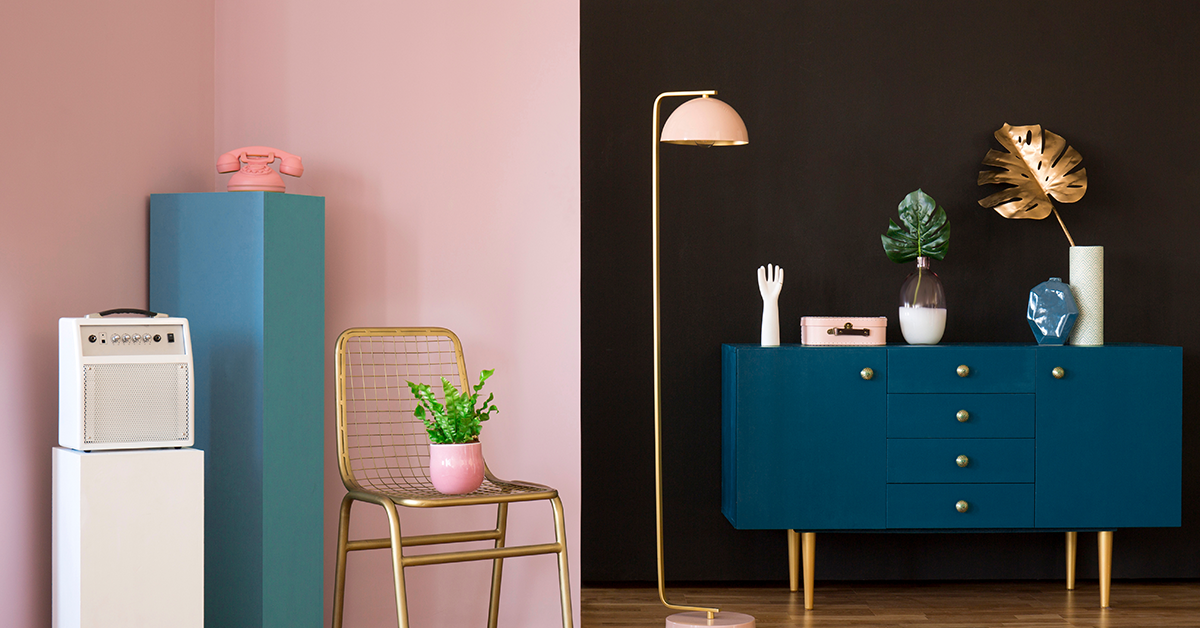
 Get in Touch
Get in Touch
